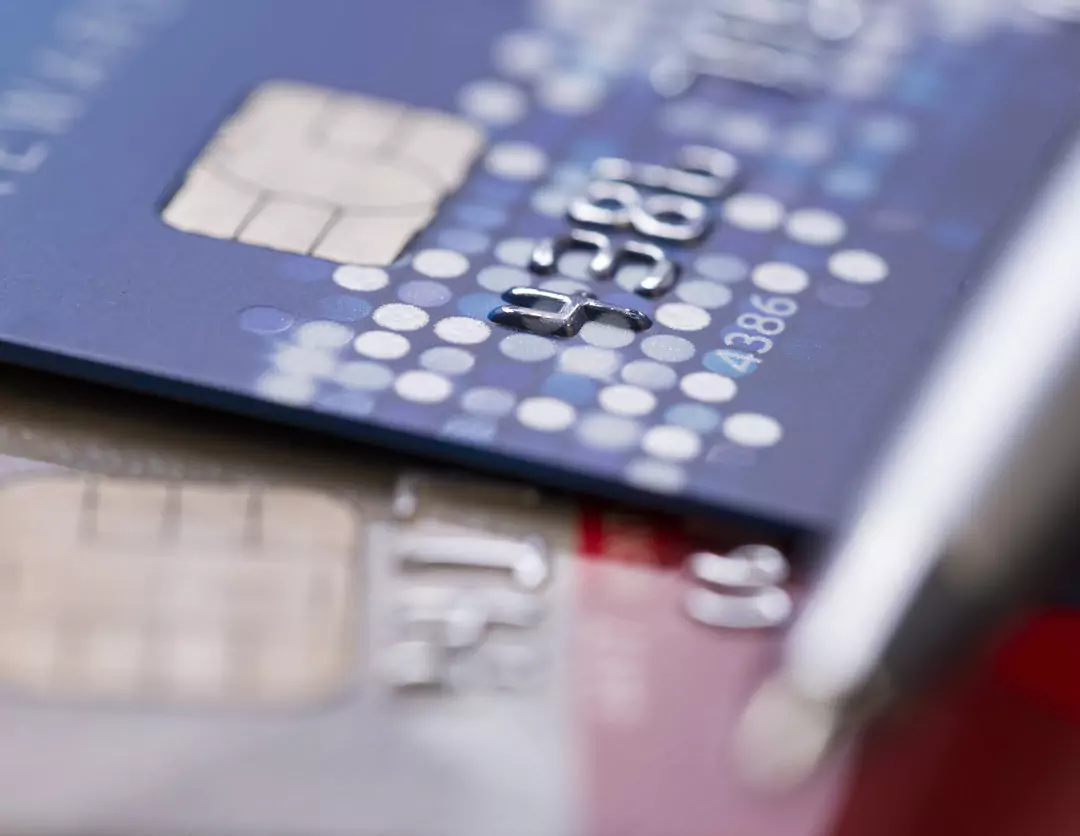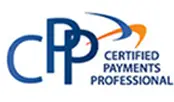These three letters might be unknown to you now, but that is likely to change soon: EMV.
EMV is shorthand for the technology that will make credit and debit cards safer in the future. EMV stands for Europay, MasterCard and Visa, which collaborated to adopt cards with more secure technology two decades ago.
EMV cards are also known as chip cards, because they contain computer chips that are used to authenticate each transaction.
The technology has been thrust into the news in the last 10 months, ever since Target’s disastrous retail breach that exposed 40 million credit and debit card numbers to hackers.
On Friday, President Obama announced the federal government will move to chip cards on all government-issued credit and debit cards and will install chip-enabled equipment in federal agencies where payments are accepted. The government’s cards and payment systems also will involve PINs.
Here are some answers to the most common questions about EMV or chip cards:
How do EMV cards work?
EMV cards are embedded with a microprocessor chip containing the account information; the chip is “read” when the card is dipped into the terminal, tapped against a payment terminal, or waved within a inch or so from it. (What’s required can vary.)
This process of reading a computer chip is different than a traditional card with a magnetic stripe, which is read when the card is swiped through the machine.
Why is that safer?
If a store or restaurant has its payment information hacked, that information cannot be used to make additional purchases or create new credit and debit cards. With EMV chip cards, each transaction is approved using a unique authentication code, and that code can’t be used again. Further, the microprocessor chips are virtually impossible to duplicate.
Where do PINs come in?
PINs make chip cards even safer. If a card requires a PIN in order for a transaction to be processed, the user must punch her PIN into a keypad. Without it, it’d be like trying to use an ATM card without a PIN. It wouldn’t work. PINs are particularly helpful in preventing a lost or stolen credit or debit card from being used.
PINs are much better at thwarting fraud than requiring a scribbled “signature” on an electronic keypad that the cashier never looks at.
Where are chip cards used?
Roughly 80 countries around the world have already rolled out chip cards. This includes Canada and countries in Europe, Latin America and Asia. There are nearly 2 billion chip cards worldwide. In Europe, about 95 percent of payment terminals are chip-enabled. That’s 79 percent in Canada, Latin America and the Caribbean, 77 percent in Africa and the Middle East, and 51 percent in Asia.
Worldwide, if you exclude cards in the United States, about half of all payment cards are EMV chip cards, and 74 percent of all payment terminals read EMV chip cards.
Why haven’t they been rolled out in the United States until now?
Primarily because of cost. And lack of public pressure.
Banks say their fraud-detection software catches many spending sprees before they get too big. If your credit or debit card is breached and you’re made whole (eventually), that’s not so bad, right? (Note sarcasm.) Of course, we know the thieves don’t pay the money back. The costs get added to the prices we pay in stores and restaurants, or the amounts we pay in bank fees.
How soon will this change?
Very soon. Between August 2011 and June 2012, MasterCard, Visa, Discover and American Express announced that if merchants don’t install payment terminals that read chips by October 2015, then any card fraud will be their responsibility. Hundreds of millions of dollars in fraud every year.
The year-long parade of breaches, from Target to Home Depot to Dairy Queen to Neiman Marcus to Kmart, has pushed banks and retailers toward moving to chip cards sooner vs. later.
Home Depot, Target, Walmart and Walgreens are among the huge retailers installing chip-and-PIN terminals, most by January. And more and more banks are getting pressure from customers to give them a safer payment choice.
Experts don’t expect all merchants to have chip-enabled terminals in stores by next October. Maybe more like half.
When will gas stations have chip card technology?
Gas stations must have chip readers at automated pay-at-the-pump terminals by October 2017 or else they’ll be liable for any cards used fraudulently.
How do I know whether I have a chip card?
It will have a little metallic square on it, like the one pictured above. Dimensions are about 1 centimeter each way. (A little wider than tall.)
Will merchants require PINs?
That’s unlikely initially. But if you had a chip-and-PIN card and you were at a chip-and-PIN terminal, it’s expected that you’d have to enter your PIN.
So will EMV chip cards prevent data breaches?
No, not necessarily. But thieves won’t have any motivation to steal account information that they can’t use or sell on the underground market.
What kind of impact is expected from chip cards?
In Europe, where such technology has existed for years, fraud has dropped by 67 percent in the United Kingdom in the last decade, since usage became widespread. Not surprisingly, much of the effort by thieves has been since been directed at the United States, where fraud has doubled since 2007.
What banks are currently issuing chip cards?
Issuers now include Bank of America, Capital One, Chase, Citi, Discover, U.S. Bank, Wells Fargo, Independent Community Bankers of America (representing issuing members) and Navy Federal Credit Union.
In addition to Chase and U.S. Bank, local banks that are already using chip cards or expect to introduce them soon include PNC, Fifth Third and Huntington.
Most banks, however, do not issue cards with chips and PINs except for business accounts. It’s not that they can’t, but companies have just screamed louder than individuals.
How quickly are banks introducing these?
Many of these banks are issuing chip cards now with any card they’re replacing. It’s expected that by the end of next year, about 70 percent of credit cards and 40 percent of debit cards in the United States will contain EMV computer chips.
So what if I have a chip card and am shopping at a store with old technology?
Most chip cards, at least initially, will contain chips and magnetic stripes to allow them to be read either way.
And what if my bank is slow to issue chip cards?
There are places in some parts of the world, primarily Europe, that won’t accept cards if they don’t have a chip. It’s unlikely that U.S. merchants won’t accept either kind of card for the next few years.
Of course, if you wanted, you could change banks or credit cards.
There are also merchants in other countries that don’t accept cards without a PIN. So when you get that chip card, you may want to ask when PIN technology will be added.




